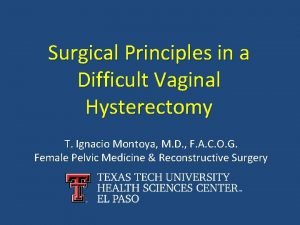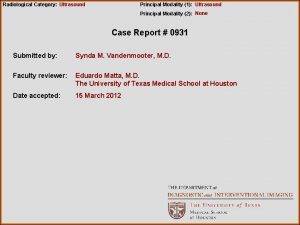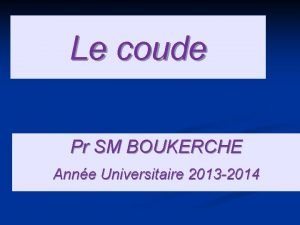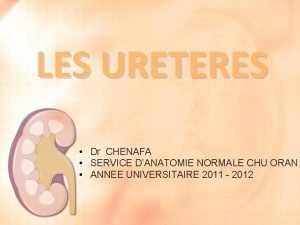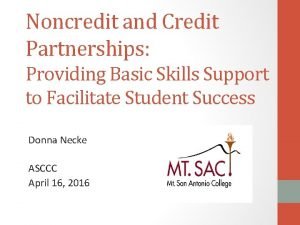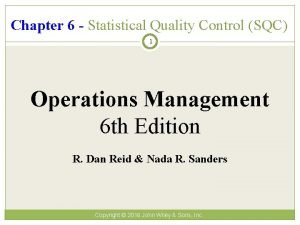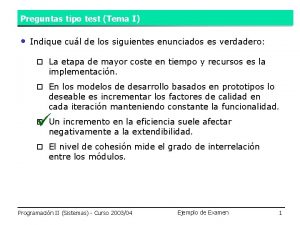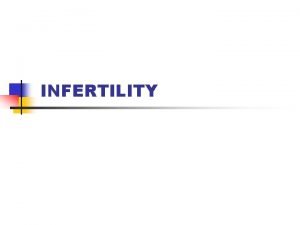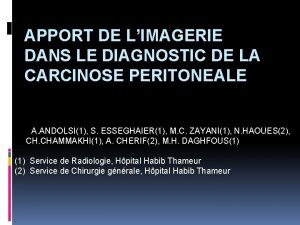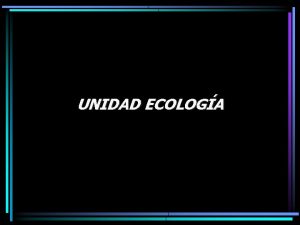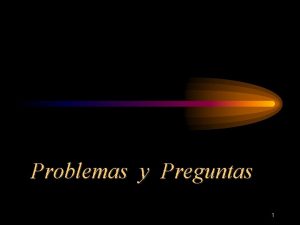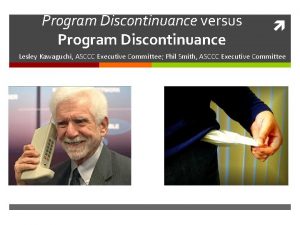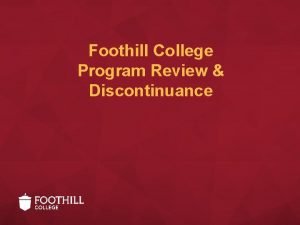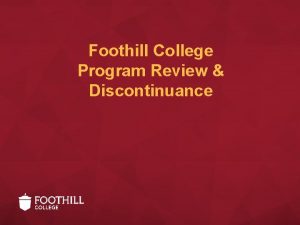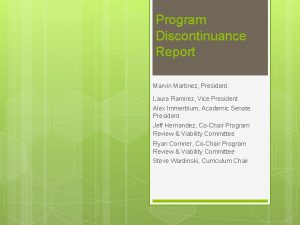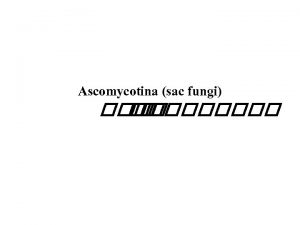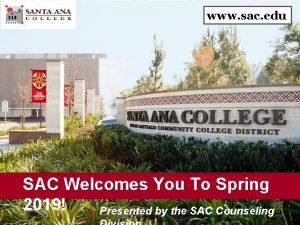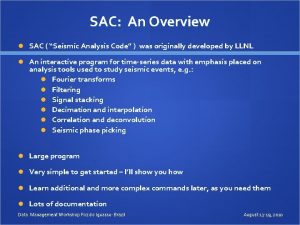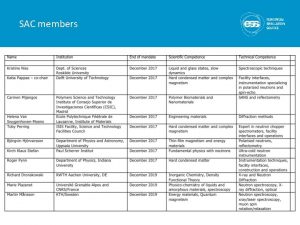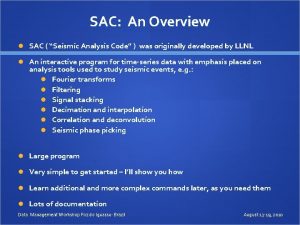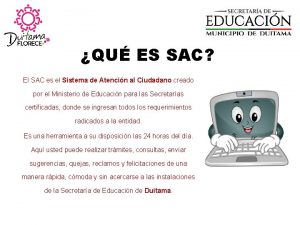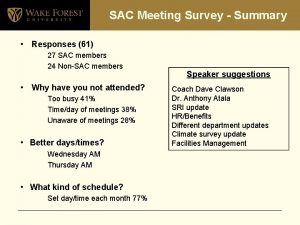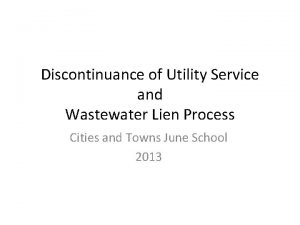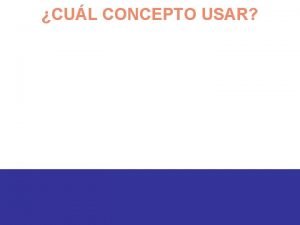Cul de Sac PROGRAM REDUCTION AND DISCONTINUANCE Julie





















- Slides: 21

Cul de Sac? PROGRAM REDUCTION AND DISCONTINUANCE • Julie Bruno, Sierra College • Sidney Burks, Chaffey College • Lesley Kawaguchi, Santa Monica College 2010 ASCCC Curriculum Institute Santa Clara Marriott • July 8 -10, 2010

Participant Learning Outcomes • After attending this session, participants should be able to: – Distinguish between Program Review and Program Discontinance – Explain the principles and key components of a Program Discontinance Policy – Develop a principled Program Discontinance Policy

A PRINCIPLED VIEW AND THE ROLE OF THE CURRICULUM COMMITTEE

DEFINING PROGRAMS • Title 5 § 55000(g): An educational program is “an organized sequence of courses leading to a defined objective, a degree, a certificate, a diploma, a license, or transfer to another institution of higher learning. ”

TITLE 5 § 51022 • Requires California community colleges to have policies for the establishment, modification, or discontinuance of courses or programs

TITLE 5 § 78016 • Requires that districts form advisory committees for vocational education [career technical education] programs.

Education Code Section 78016 • Requires that occupational programs undergo a review every two years

EXAMINING PROGRAMS: PROCESSES • 1. PROGRAM REVIEW: – Self Study: • What the program is doing well • The resources needed to improve, including the use of Student Learning Outcome assessment results to highlight needs – Opportunity to show program quality and success – Opportunity to build a plan of correction – The emphasis is on improvement

PROCESSES, continued • 2. PROGRAM VIABILITY PROCESS: – EXAMPLE: Los Angeles Pierce College – See http: //www. asccc. org/Events/Curriculum/2009/ Curric 2009. htm • Two handouts under “Natural Lifecycle of a Program”

PROCESSES, continued • 3. Program Vitality/Discontinuance Policy

PRINCIPLES TO CONSIDER • ASCCC POSITION: – Discontinuance policy is “distinct” from program review – Include collective bargaining representative(s). – Focus on saving or improving a program – Local senate should take lead and process should be collegial – Curriculum should reflect the missions of the community colleges

GETTING A POLICY • Curriculum Committee role

ELEMENTS TO CONSIDER

KEY COMPONENTS OF A PROGRAM DISCONTINUANCE POLICY • WARNING: Do not write a policy during the current budget climate!

POLICY PURPOSE: • Needs to be clearly stated

INDICATORS • What conditions or events “trigger” a vitality or discontinuance review are identified, such as – Significant decline in enrollment – Significant facility and/or equipment issues – Availability of qualified faculty – Failure to meet state mandates or accreditation standards – Significant changes in the labor market – Program no longer supports existing fulltime faculty

CONSIDERATIONS • Accreditation Standard II. A. 6. b: – “When programs are eliminated or program requirements are significantly changed, the institution makes appropriate arrangements so that enrolled students may complete their education in a timely manner with a minimum of disruption. ”

CONSIDERATIONS: • • • Impact on students Impact on faculty Impact on community Impact on local/regional employers Keep in mind: Curriculum and the multiple CCC missions

DEFINE THE PROCESS • • Who initiates the process? What are the steps? Who has the input? Is there a timeline? What data do you need? How is the final decision made? How is shared governance addressed?

QUESTIONS?

Thank you! • Please fill out the evaluation form!
 Anterior cul de sac
Anterior cul de sac Fluid in cul de sac treatment
Fluid in cul de sac treatment Adnexa
Adnexa Ligament carré de dénucé
Ligament carré de dénucé Glickman's furcation classification
Glickman's furcation classification Artère gonadique
Artère gonadique What is peritoneal cavity
What is peritoneal cavity Omental foramen of winslow
Omental foramen of winslow Ligamentum teres
Ligamentum teres Epiploic foramen
Epiploic foramen Mt sac psych tech
Mt sac psych tech Sqc 1
Sqc 1 Test cul
Test cul Menses
Menses Preguntas de cul
Preguntas de cul Cul de douglas
Cul de douglas Nez cul
Nez cul Malacoda divina commedia
Malacoda divina commedia Cap cul
Cap cul Cul significado
Cul significado Preguntas de cul
Preguntas de cul Uristegui
Uristegui
